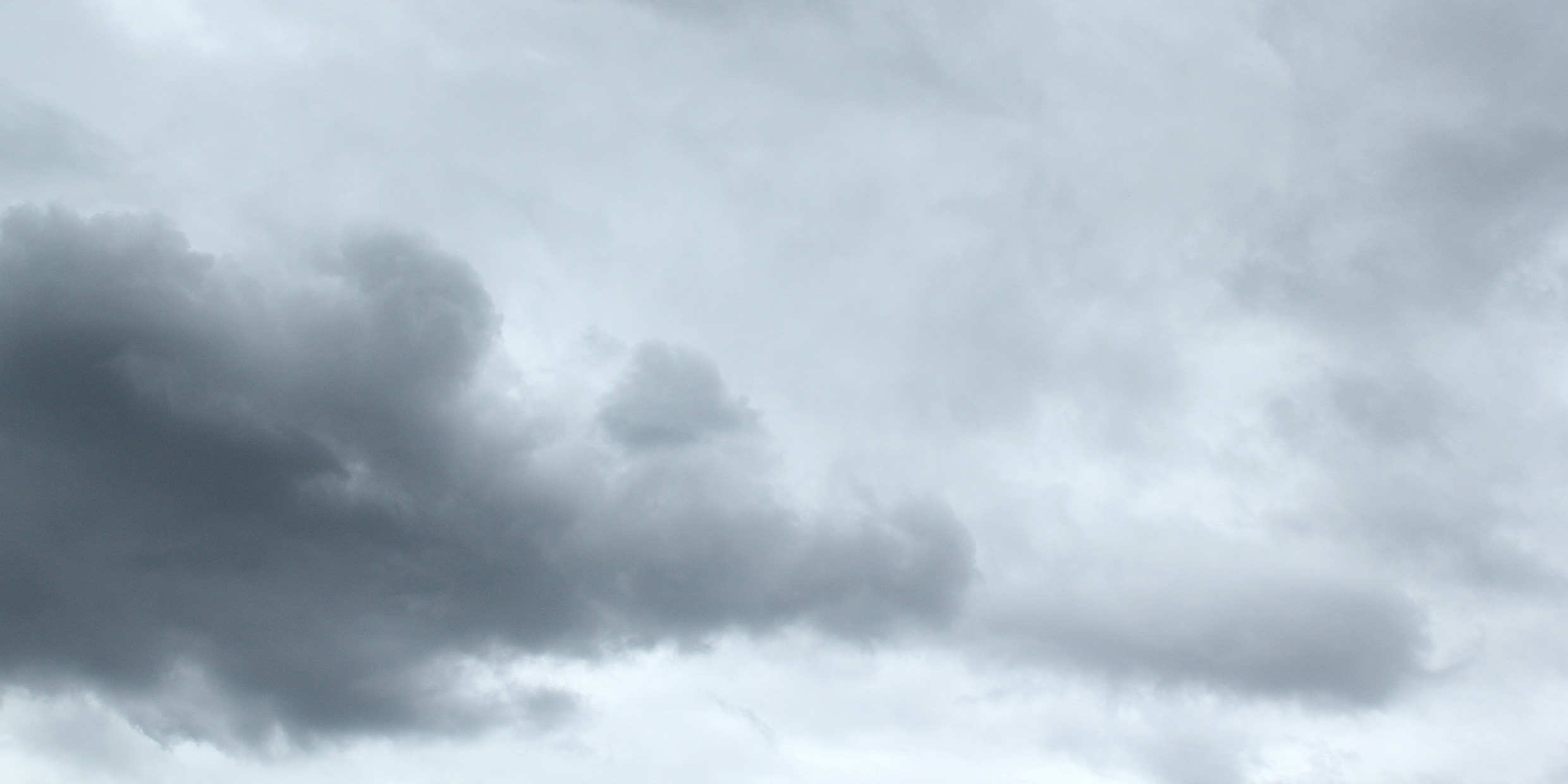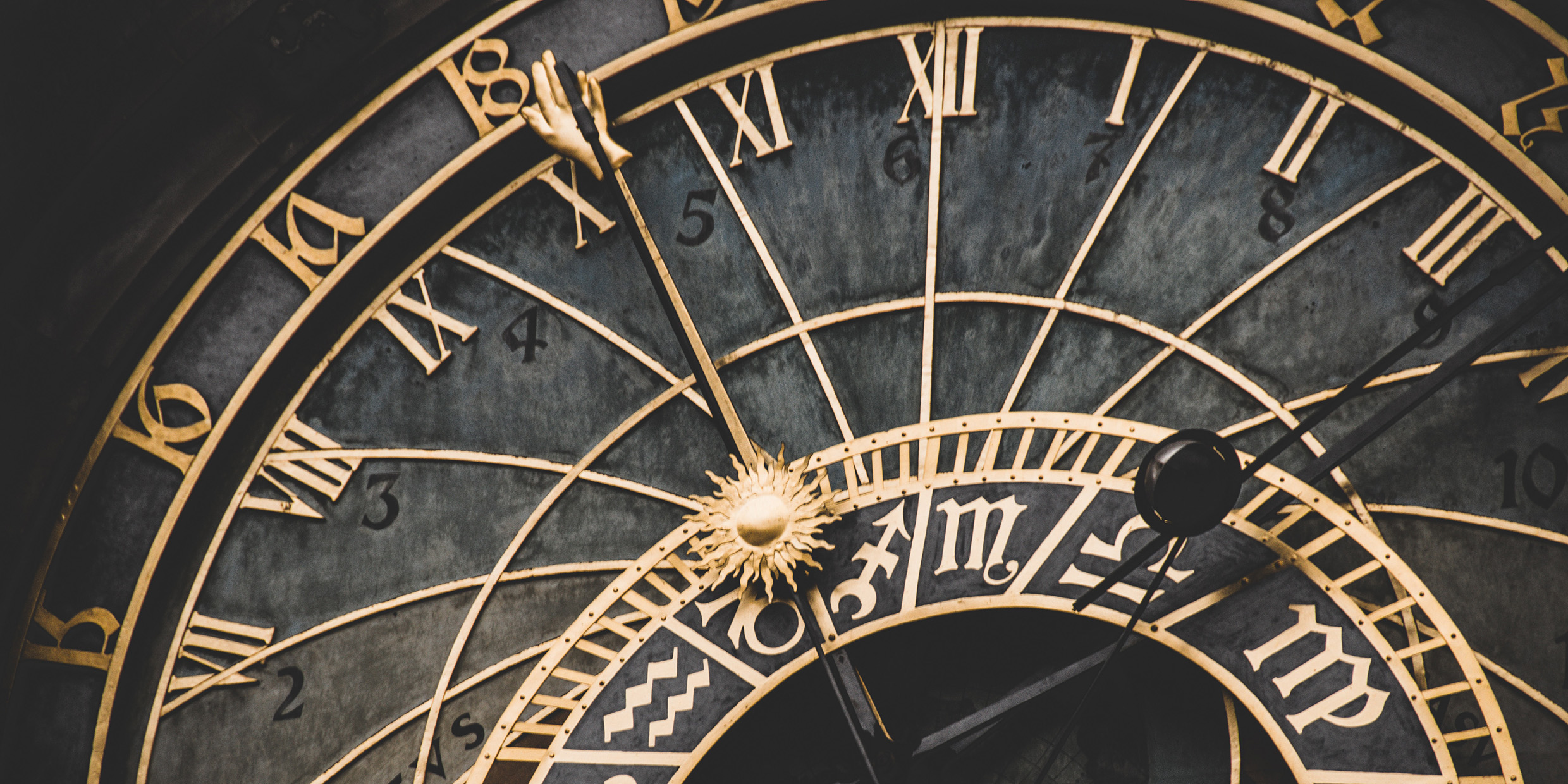At 1:58 this morning the moon was full. Last night and again tonight it will rise in the east at sunset, huge, golden, glorious.
Astronomy
Too close for comfort
Antoine de Saint-Exupéry’s Little Prince lived on a world so small he could watch a dozen sunsets in a single evening just by moving his chair westward around the circumference of his tiny planet. His planet had a few weeds and three volcanoes, two active, one extinct; the Little Prince kept the active volcanoes unviolent by periodic cleaning with a Q‑tip sort of swab.
Tale of two women
In 1934, the noted astronomer Annie Jump Cannon returned to her alma mater, Wellesley College, to speak to her 50th class reunion.
World without stars
This semester I am teaching a course in introductory astronomy. So far, of six nights scheduled for observation, five have been overcast. On the sixth we caught glimpses of Orion, the Pleiades, Jupiter, and Mars through breaks in the clouds. That’s about par for the course.
Giotto’s ‘star’
In the year 1303, Enrico Scrovegni, a businessman of Padua, Italy, commissioned the construction of a chapel, partly to expiate the sins of his father, a notorious money-lender assigned by the poet Dante to the seventh circle of Hell.
Twinkle, twinkle little scam
Some of you last-minute Christmas shoppers may have received a solicitation from a company willing to sell you a star. For a fee of $35 the company (actually, there are several outfits in this business) will name a star for the recipient of your gift. The name will be registered in something called the “International Star Registry,” perhaps with the promise that the list of names will subsequently be copyrighted by the Library of Congress.
Van Gogh’s night
In [a 1988] issue of Sky & Telescope magazine, astronomers Donald Olson and Russell Doescher turn their attention from the real sky to a sky painted by the 19th century Dutch artist Vincent van Gogh. The painting, “Road with Cypress and Star,” shows three celestial objects — a crescent moon, a bright star, and a less bright star near the horizon. The astronomers asked themselves: Is the sky in the painting the product of the artist’s imagination, or was it inspired by an actual configuration of celestial objects?
Voyage to Mars
Next month [Sep. 1988] the planet Mars will be closer to Earth than at any time since 1971. For telescopic observers in mid-northern latitudes, the viewing will be best since 1955.
A view we need
A friend gave me a new poster from the Smithsonian Air & Space Museum called Space Explorers, a compilation of small portraits of all persons who have spent at least one Earth-orbit in space.
It’s not your clock — it’s the world
Yesterday was one of those days that make you want to throw out the clocks and calendars and go back to keeping time by the sun and seasons.









